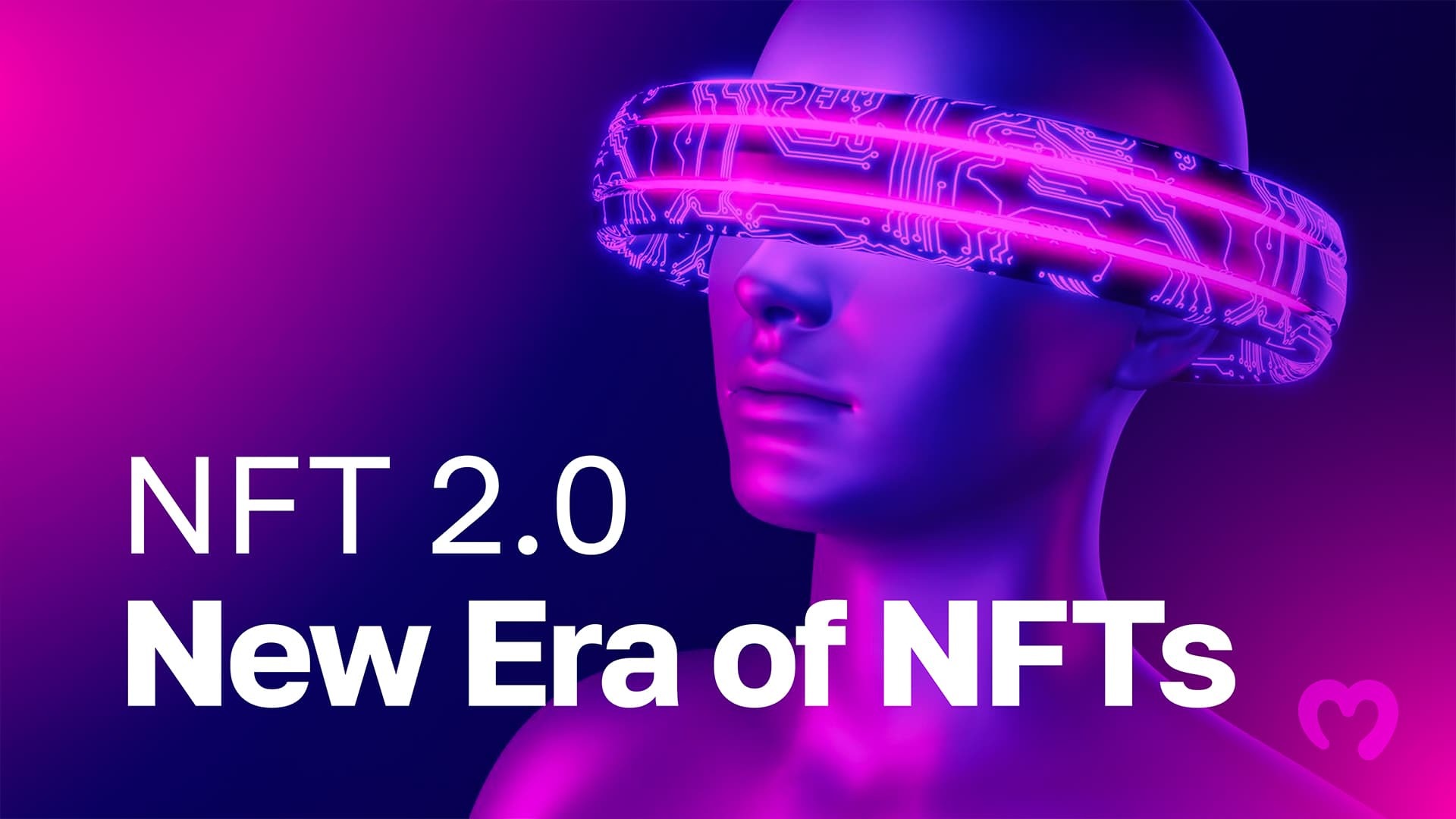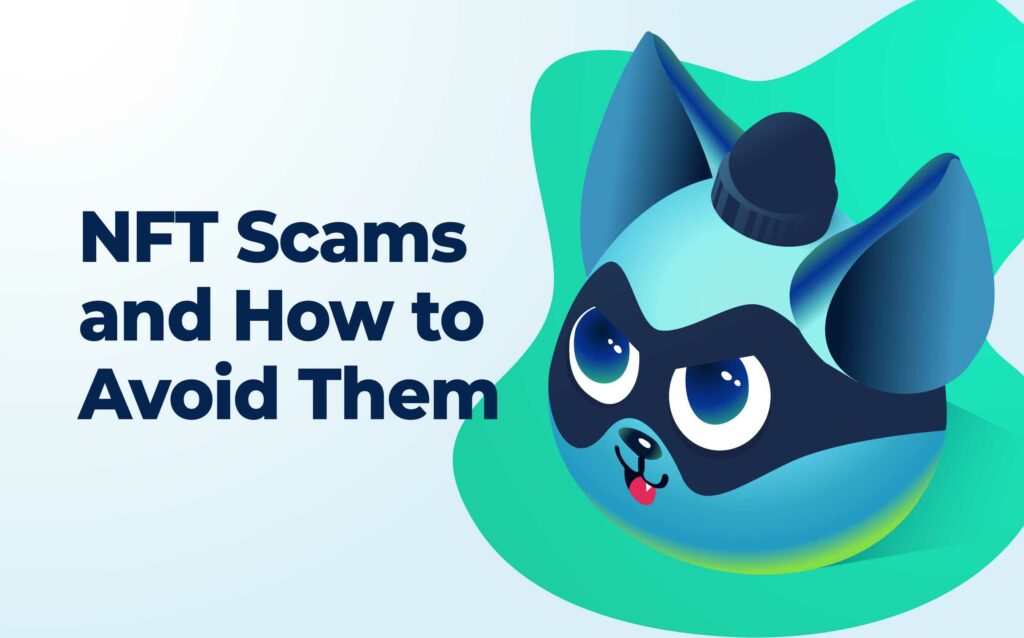NFT 2.0 is an upgraded iteration of NFT 1.0, the initial phase of non-fungible tokens. It brings new updates and more utility into the existing NFT infrastructure. Even so, many still think NFTs have little use beyond minting JPEGs and selling them for exorbitant auction prices. Although this single-use case theory could make a compelling argument for describing the earliest iteration of NFT technology, with NFT 2.0, perceptions are likely to change.
Meanwhile, as individual speculators are trying to determine which NFTs can make them rich and brands are still trying to figure out their NFT strategy, the technology is moving forward. NFTs are progressing from the early pixelated images to high-fidelity 3D animations and complex P2E (play-to-earn) game mechanics. What’s impressive is that such advancements happened in a relatively short time.

This article will examine some of the unique factors and attributes driving the NFT 2.0 iteration. However, before we dive into NFT 2.0, let’s look at the original iteration, NFT 1.0, for some context.
NFT 1.0 – The First Iteration
So, what are the properties of NFT 1.0? The genesis of non-fungible technology or the first iteration of NFTs refers to blockchain assets with unique identification metadata. If you’re already familiar with NFT development, check out our recent blog article at Moralis.io and learn how to add attributes to NFT metadata.
An NFT’s uniqueness distinguishes them from fungible blockchain assets such as an Ethereum (ETH) or a Bitcoin (BTC) token. One ETH is indistinguishable from another ETH, and the same goes for BTC. On the other hand, each NFT is unique. So, this genesis iteration of NFTs was about tokenizing digital assets to make them unique. Further, by storing these assets on the blockchain, they could enjoy the advantages of fungible tokens, such as immutability and cryptographic security.
Solana is a layer-1 (L1) blockchain such as Ethereum, and Rust is its programming language. In our recent blog articles at Moralis Academy, you can learn more by reading about Rust & Solana and the top five Solana projects.
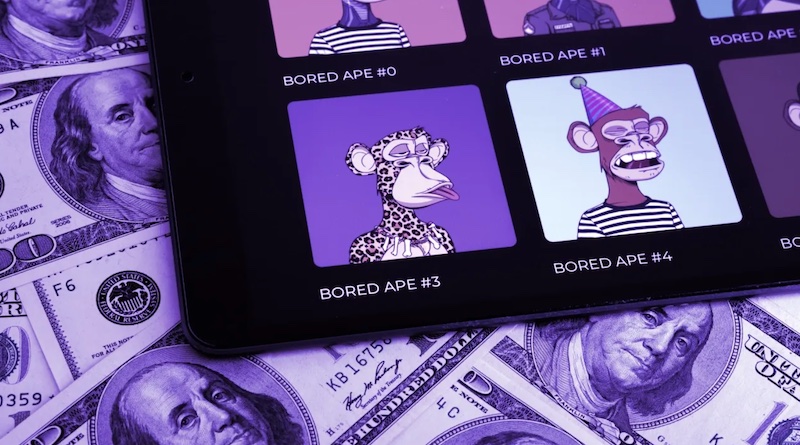
Furthermore, the NFT 1.0 phase paved the way for digital asset ownership and creators’ economy on the blockchain. On the negative side, the speculative nature of the early NFT marketplace fed into the generalization that NFTs were only about commercializing tokenized assets. In turn, the rampant speculation furthered the belief that early NFT adopters were purely profit-motivated with little utility in the ecosystem.
The Profit Motive
For the profit-oriented, discovering an NFT in its initial mint or even as a secondary market purchase can generate enormous amounts of money. But picking winners takes a lot of skill (or luck) because it’s tricky to determine which collection will grasp the public’s curiosity and skyrocket in price. Nonetheless, this treasure hunt mentality makes new NFT projects exciting and enticing.
On the other hand, the unscrupulous can use an investor’s excitement to entice them to ape into an NFT collection before doing their homework. Rug pulls and other scams often await the impulsive who jump too quickly.
FOMO and greed can also drive legit NFT prices into the stratosphere. Thus, NFTs have long been criticized for their volatility and “bubble-like” nature. The worst part of this notion drives the misconception that NFTs exist only as speculative assets with no utility whatsoever. Hence, they will only appeal to those looking to get rich quickly.
Despite some of the more negative attention, NFTs have attracted lavish attention from retail investors, big brands, and celebrities. The one thing they have in common is they’re looking to capitalize on the action. Huge companies such as Adidas and Budweiser have already done NFT collection drops. Meanwhile, powerhouse brands like Nike joined the space by snatching up RTFKT Studios.
Creators in NFT 1.0
One problem in the NFT 1.0 phase was companies and creators jumping blindly into NFTs. Projects that rushed in with half-baked strategies quickly took a series of unfortunate missteps leading to abandoned projects and investors holding empty bags.
Whether you want to develop NFTs, become a blockchain developer, or create your metaverse, Moralis Academy has the best selection of courses for you. Check it out today!
Problems with NFT 1.0
Besides the above criticisms, others believe that NFT 1.0 is not ready for prime time. That’s because, for one thing, it still eludes the mainstream with a complicated onboarding process. Participating in the NFT market can be a complex process for individuals who aren’t tech savvy. The same holds for brands. Many still need to hire experts to help educate and navigate them through the NFT landscape before they can manage their NFT strategies in-house.

Moreover, marketplace volatility scares many people, damaging the relationship between artists and their fans. One reason for extreme volatility is the dissonance between an NFT’s price and its actual value, which results in rough demand shocks.
But thankfully, NFT buyers are growing savvier about the market’s volatility, along with rug pulls and other scams. It means they’re less likely to buy the latest shiny toy on impulse.
Weathering the Bear Market
Like so many other markets, crypto is in the doldrums. But regardless of the extent of this current bear market, NFTs still show staying power. Furthermore, the latest washout with declining volumes hasn’t doomed the sector. There are some positives.
For one thing, this washout has cleaned out those who were only looking to get rich quickly. Ill-timed offerings are also getting wiped out while the top projects tap into long-tail revenue streams. Further, with the “get-rich-quick” distractions out of the way, developers and creators committed to the NFT space can be more creative and focused through these lean times.
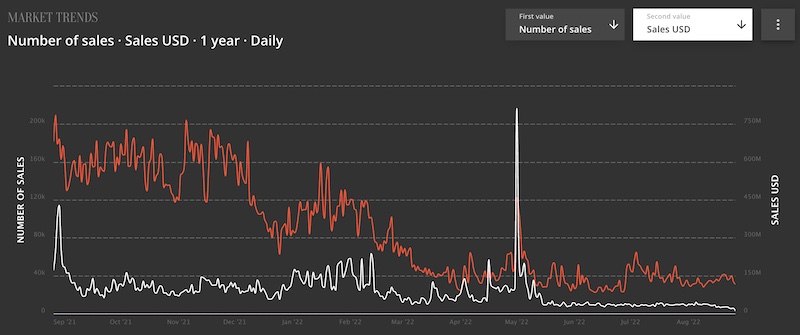
So, this bear market, like others, will wipe out fragile ventures while the strong weather the storm in a natural selection process. More importantly, all roads will lead to a more utility-driven NFT 2.0. Moreover, since we’re stuck in a bear market, now is the time to learn how to invest during a crypto bear market. Additionally, another one of our articles explains understanding crypto crashes so you can figure out why they happen in the first place.
Transitioning to NFT 2.0
NFTs in the earliest iteration phase needed better accessibility and legitimacy to evolve. Now we see the market maturing into a new era – NFT 2.0. While there are no hard and fast points of differentiation between the NFT 1.0 and NFT 2.0 phases, the technology is becoming more accessible to the mainstream.
The rise of so many NFT minting platforms attests to the fact that the sector is dramatically reducing users’ barriers to entry as they try to simplify the onboarding process. But what is this new NFT iteration all about, and what does it mean for the creators’ economy?
Understanding NFT 2.0
First, NFT 2.0 is not entirely different than NFT 1.0. In addition, version 2.0 can’t operate independently of 1.0. This next iteration will ultimately succeed by embedding new capabilities into the NFT 1.0 infrastructure. Further, while NFT 1.0 enables ownership of unique, tokenized digital assets, NFT 2.0 will create more possibilities by developing new markets with advanced use cases.
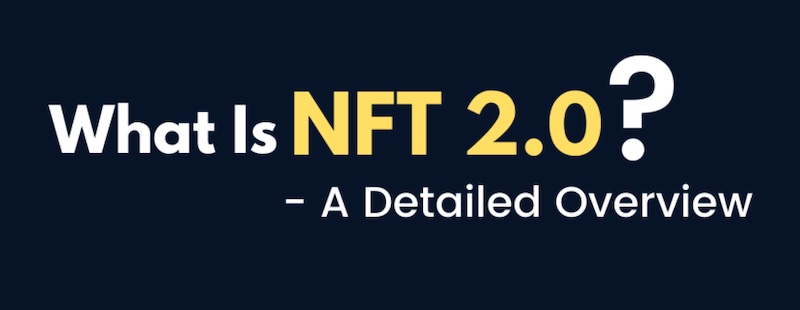
NFT 2.0 will enable holders to do more with their tokenized assets. Furthermore, these possibilities include use cases involving in-game items, music, digital collectibles, tickets, coupons, and the most famous thing in NFT 1.0 – digital art. For one thing, NFT 2.0 offers co-ownership of NFTs, which builds on the individual ownership concept of NFT 1.0. This means that multiple people can acquire a single NFT in percentage ownership scenarios and sell them off in parts.
But, besides a growing number of use cases, what makes NFT 2.0 different? Let’s examine some significant properties that distinguish it from its predecessor phase.
Smart Contracts and Interactivity
Interactivity makes assets intelligent. With smart contract technology, NFTs can take input from users (and other sources). Depending on the information, NFT 2.0 enables users to modify their tokenized assets from their current state to suit newer needs or purposes. Furthermore, interactivity can be helpful when transferring assets across different decentralized applications in sectors such as GameFi.
So, interactivity enables existing NFTs to execute modifications on themselves and other NFTs associated with it. Also, it’s smart contracts that make it possible to interlink NFTs and modify existing ones. Moreover, you can think of interactivity as an NFT that evolves with time and data.
Generativity and Algorithmic Randomness
NFT 2.0 retains another essential property – its ability to create algorithmic randomness within a digital asset. With it, people can choose the NFT that resonates with their use case. Furthermore, AI can embed personalization to make NFTs more relevant to users’ demands.
Let’s use three devices as an example to show how this works. One device plays music. Another plays videos and a third displays JPEGs. Since the latest iteration of NFTs allows users to combine numerous assets into a single entity. Algorithmic randomness can choose which content is appropriate for each device as it retrieves it. So, the music NFT will play on the music device. The video NFT will play on the video device, etc.
Composability and Customization
The composability property refers to the ability to customize an asset or create a new one. Moreover, composability means they can draw upon the attributes of many NFTs to support many use cases. During the NFT 1.0 phase, these unique digital assets were only bought and sold on exchanges.
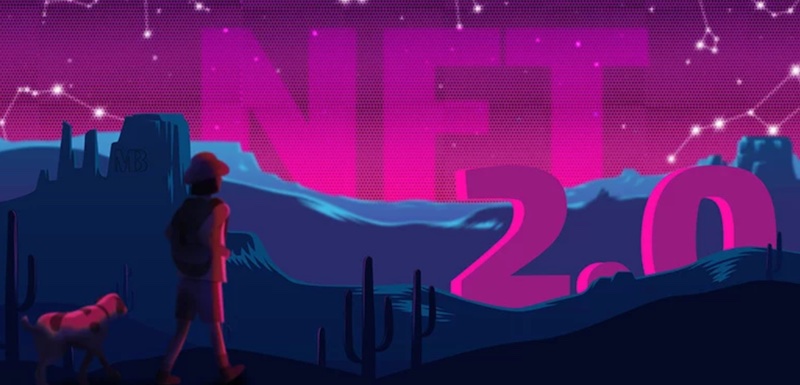
So, composability lets collectors explore new possibilities by bundling different assets together as one. Furthermore, secondary assets in such instances are not limited to other NFTs. They can also be fungible assets, such as cryptocurrency tokens. In summary, holders can take their existing NFTs and expand their utility by embedding additional digital assets inside. Thus, an NFT can serve multiple purposes the same way a package of goods does.
The previous properties of NFT 2.0 work towards unique purposes but will collectively make it possible to offer users a better experience. Thus, an NFT holder can further explore new use cases beyond simply commercializing a digital asset. Ultimately, NFT 2.0 opens new windows of opportunity while expanding the potential NFT use cases and utility.
NFTs Moving Forward
The latest iteration of non-fungible tokens, NFT 2.0, may have arrived before most people could understand and experience the NFT 1.0 ecosystem. In addition, there’s one thing NFTs consistently provide, and that is their capacity to surprise. So, while many people are still trying to wrap their heads around NFTs (non-fungible tokens) and why they exist, demand for them continues.
Furthermore, industries that can utilize NFT 2.0 technology include entertainment, video distribution, automobile, real estate, and more. For example, ticketing companies can use NFTs to enable holders to enjoy the exclusivity of attending events virtually or in the real world.

More importantly, while other blockchain sectors, such as DeFi (decentralized finance), can appear bland, NFTs are a lot of fun. In addition, they can be more community-driven than other areas. Accordingly, these factors increase the potential of onboarding more users to the crypto ecosystem.
Summary of NFT 2.0
If 2021 was a big year for NFT sales and hype, this year, 2022, and the future could be even more vital to the future as the sector hits its technological milestone. The potential of NFTs hasn’t even begun to be tapped. That spells necessary implications for those developing, creating, using, or investing in the Web3 space. Moreover, NFT 2.0 is evolving quickly.
This emerging technology and its use cases are evolving with the power to change how we interact with games, music, and marketplaces. Further, NFT 2.0 has an ever-expanding set of applications that will find their place in the future and merge between physical and virtual worlds. As such, it promises many exciting things to come under its umbrella.
Now that you know so much about the past, present, and future of NFTs (non-fungible tokens), are you ready to build your own? If so, we’ve got you covered with a top set of NFT coding tutorials. Get started now; visit NFTCoders today!
